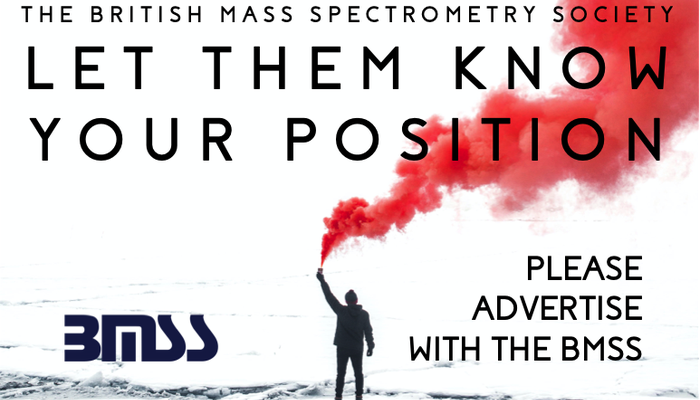Past Event: 13th August 2020
Virtual Environmental & Food Analysis SIG
13th AUGUST 2020 15:00 – 16:30 BST (GMT +1)
PROGRAMME:
15:00 Welcome
15:05 KEYNOTE LECTURE: Dr Roxana Suehring
15:40 Presentation (Neville Llewellyn, Thermofisher)
15:55 Networking Activity
16:25 Wrap Up
16:30 Close
KEYNOTE LECTURE:
Dr Roxana Suehring is an Assistant Professor for environmental analytical chemistry at Ryerson University in Toronto, Canada. Research focus includes the development of novel analytical techniques to evaluate the fate and behaviour of emerging organic contaminants in the aquatic environment, their potential for long-range transport into the Arctic, and the impact of multiple stressors on contaminant-related environmental risk. Apart from work as a researcher, Dr Suehring been a policy advisor on environmental risk assessment for offshore chemicals and spills from historic shipwrecks.
More information on my research can be found at: https://www.ryerson.ca/cab/facultyandstaff/Roxana-suehring/
Navigating the chemical soup – unknown analysis for regulatory purposes
Environmental risk assessment has a problem: assessment methods, test methods and regulatory thresholds are designed for evaluating the environmental risk of single substances, whereas in the environment chemical exposure is always a mixture exposure. There have been advances in the assessment of toxicological mixture effects and, to an extent, impact of mixture on bioaccumulation and persistence tests. However, these studies rely on knowing the individual components of the mixture, having analytical standards for each component, and being able to control the complexity of the mixture in the test system. Unfortunately, none of these perquisites apply in the environment, or even for the risk assessment of complex substances such as UVCBs.
Analytical chemistry is the foundation for informing the establishment of robust risk assessment criteria of complex mixtures. However, in order to do so we need to develop innovative analytical methods that can provide quantitative information on unknown constituents. Here, I would like to highlight some of the advances that have been made to address this conundrum as well as some of the urgent questions that remain.
Presentation to be delivered by Neville Llewellyn, Thermo Fisher Scientific:
Use of EQuan Orbitrap HRAM LCMS to fulfil the requirements of the EU Water Framework Directive’s Chemical Investigation Programme Phase 3 (CIP3) - Quantitative Focus on PFAS and Non-targeted analysis of Environmental waters
The Chemical Investigations Programme was established by the UK Water Industry and UK Water Industry Research in response to emerging legislation on surface water quality.
The delivery of CIP3 will improve the understanding of waste-water works discharging to coastal and transitional water bodies, reduce uncertainties with regards to specific substances and the effectiveness of removal processes as well as recognising the additional complexity of emerging issues. Key to delivery is the trace level analysis of substances of emerging interest as identified by the UK Environment Agency as of prioritised interest in waste water influents and effluents. The list contains a number of pharmaceuticals, industrial chemicals as well as legacy and emerging PFAS compounds. The trace level quantitation and validation of these targets using on-line (EQuan Max™) solid phase extraction coupled to a Q Exactive™ Focus Hybrid Quadrupole-Orbitrap™ Mass Spectrometer to will be discussed.
Further, the use of the same instrumental workflow combined with Thermo Scientific™ Compound Discoverer™ software, for non-targeted analysis will be discussed with a case study exploring the detection of illicit drugs in waste water effluent.


